HTC Desire 300 Review

Introduction
The HTC Desire 300 is a new mid-range Android smartphone that is surprisingly well built and good looking.
Outwards, the Desire 300 looks great with its pleasing curves and a spacious but not excruciatingly large 4.3-inch display. Moreover, it comes at a very affordable price.
However is it as pretty on the inside as it is on the outside, or has the lower price taken its toll? And how does it all stack up? Read on to find out.
Design
The Desire 300 is a plastic device, but we would not count this against it as it feels every bit as good as plastic can. HTC has nestled the innards in a curvacious yet still thin soft-touch plastic body. It feels great to hold and since it’s matte plastic it does not stain easily so the phone looks as clean as new even after long use. In case you somehow ruin the back, though, it easily comes off and can be replaced.
In terms of build quality, the whole device feels very solidly put together without any screaking parts. It does not feel fragile at all and that’s a good thing.
In a world of 5-inch and larger phones, this comparatively smaller handset feels very comfortable to hold and great to use with one hand. The physical buttons are located on top and on the right side and we find them clicky, easy to press and to find without even looking. There is a volume rocker on the right and a lock key on top.
Overall, with very clean and eye-pleasing design and great ergonomics, the Desire 300 has the good looks and feel, close to that of premium devices. HTC offers the phone in black and white color versions.
Display
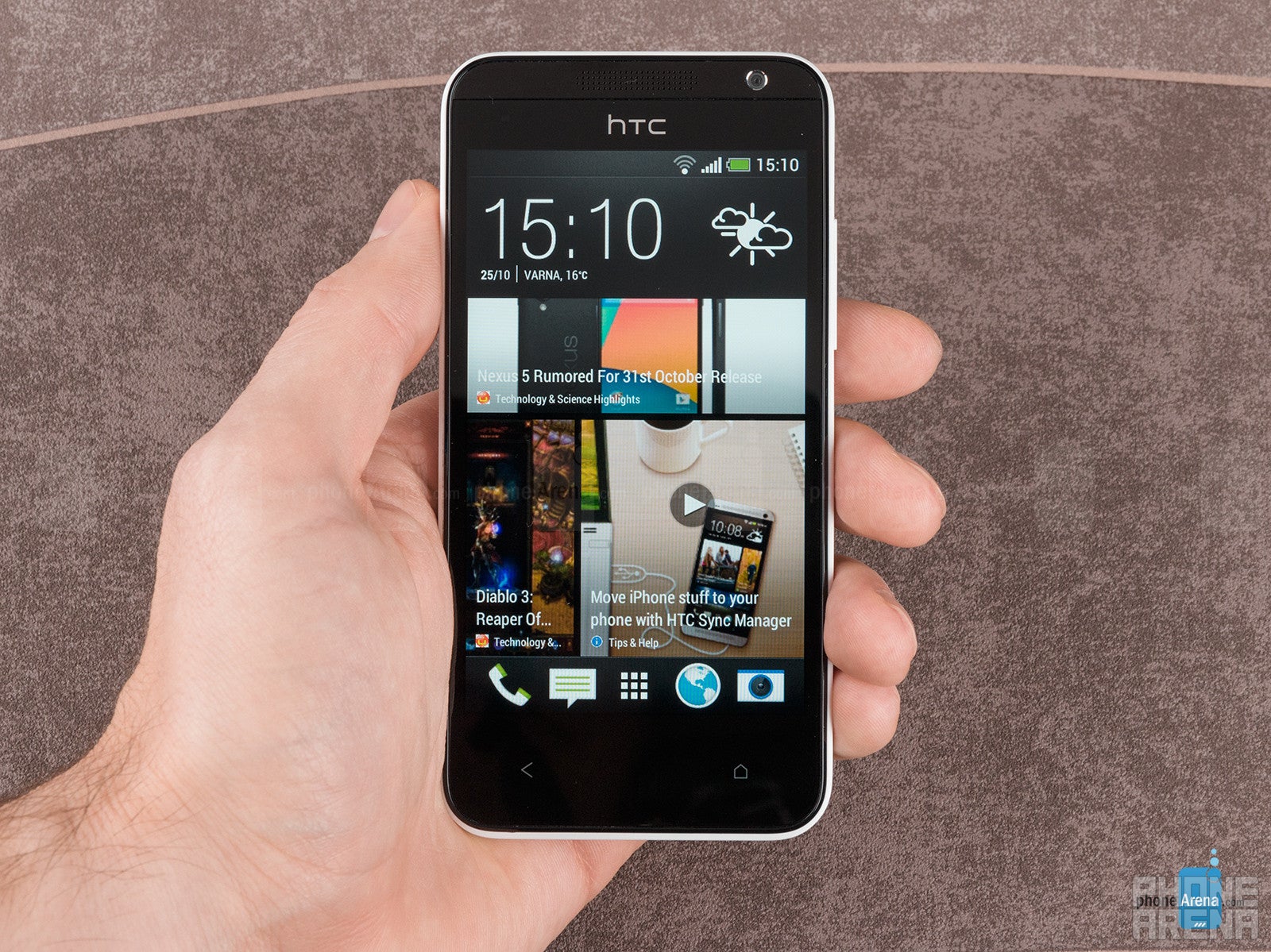
We are pleased by the vibrant colors that the Desire 300 puts out, especially given its affordable price. The screen has very deep blacks and nice contrast to it. It is not without its slight flaws of course and if we had to pick the nits, we’d mention that colors tend to be on the colder side and reds appear a bit muted.
The screen is not the brightest out there, but it has enough luminance to be readable in broad daylight. Viewing angles are very good and images preserve their natural colors even at more extreme angles.
Interface and Functionality
The Desire 300 runs on the somewhat dated Android 4.1.2 Jelly Bean platform with HTC’s own Sense 5.0 skin on top. This clean and modern iteration of Sense is familiar to smartphone afficionados as it’s been used in a bunch of phones by now, starting with the HTC One and down to HTC’s more affordable devices.
The key feature of the Sense skin are cleaner looks compared to older HTC user interfaces and the BlinkFeed news aggregator that brings together social updates and news in a Flipboard-like vertically scrolling list. You cannot disable it, but you can put it in the right-most home panel so it does not stand in the way, if you don’t like it.
Apart from BlinkFeed, HTC Sense is characterized by its charcoal color scheme that is not as bold and cartoonish as say Samsung and LG’s skins. In terms of actual functionality, it’s a mixed bag. We don’t like that oft-used functions tend to get buried down in menus and simple actions like adding a shortcut to your homescreen or adjusting the screen brightness are unnecessarily complicated.
On the flipside of things, most core apps like the dialer and messenger look good. HTC’s contacts app allows you to conveniently swipe between tabs. The keyboard is great - after mixed feelings initially, we’ve come to love it for its large and spacious keys that provide for an awesome typing experience.
Processor and Memory
Performance is where the so far nearly picture-perfect Desire 300 image starts to fall apart. The handset feels underpowered from the get-go - a stutter appears quite often when you navigate around and some core apps often lag or take a long time to open.
The reason for this lies under the hood. The Desire 300 runs on the most basic Snapdragon S4 chip, the MSM8225. It’s a dual-core 1GHz chip, but unlike most other S4s it is build on an older and less efficient, 45nm technology and is based on the dated ARM Cortex A5 architecture. It’s a chip that became available in the first half of last year and in late 2013 it definitely feels slow. The fact that the handset packs merely 512MB of RAM on board does not help either.
In terms of graphics, you get Adreno 203 and this will be enough to get less demanding yet still popular games to run. Temple Run 2 and other endless runners for instance would work with a slight stutter, but playable.
We ran our usual suite of synthetic benchmarks and here are the results we got, as you might have guessed they are not very awe-inspiring.
Another big gripe with this handset is the low amount of storage on board. The Desire 300 comes with 4GB of internal storage, but the user available space is below 2 gigs. That is definitely insufficient. Luckily, storage is expandable and you can add up to 32GB more via microSD card.
Internet and Connectivity
HTC has equipped the Desire 300 with both its own browser and Google’s mobile Chrome for accessing the web. We like both solutions - HTC’s browser feels just a bit richer in options, but has a clunkier user interface, while Chrome is clean, simple and speedy with a brilliantly optimized mobile UI. You can feel a slight stutter in browsing on both, especially when scrolling around, but nothing terrible.
The Desire 300 does not support 4G LTE connectivity and is instead limited to 3G. Downlink speeds max out the fairly low 7.2Mbps, and you may feel this if you stream a lot of videos or download larger files to the device.
Other connectivity options include Bluetooth 4.0, Wi-Fi b/g/n and GPS, but fancy stuff like NFC is missing.
Camera
The phone comes with a run-of-the-mill 5-megapixel auto-focus camera that lacks flash. We appreciate the fact that HTC includes a front camera as well in such an affordable device.
The camera is fairly quick to boot and that’s a plus for impromptu shooting. The interface features large and easy to press separate buttons for image stills and video which is nice. Accessing other settings however is a bit complicated as even though you can fine tune things like ISO and white balance, these settings are often buried deep in hard to reach menus and submenus.
The actual image quality is not something to write home about. We’ve seen worse, but this is definitely below average. The biggest problem with images of the Desire 300 is their sore lack of details - they appear smudgy, mushy and definitely lack much needed sharpness. Contrasting scenes are not captured well either as detail in shadows and highlights is scarce. Colors are a bit overblown, but more or less okay - it’s the lack of detail that is the real issue.
If you take the camera indoors, the situation gets worse. The fact that there is no flash does not help. In general, images turn out darker than we’d like and noise also creeps in noticeably. Still, colors are more or less well preserved, so overall pictures are still usable, even though not very pretty.
The Desire 300 shoots video in the quite low 800 x 400 pixel resolution, native for its display. On the small screen the recorded video looks okay. The footage runs at 28 frames per second and in reality it looks fairly smooth with almost no skipped frames. The sore lack of detail is evident once again, but we’d say that its relative smoothness makes up a bit and video performance looks better than image stills.

Multimedia
The 4.3-inch screen definitely provides enough space for those who like to watch video on their mobile devices.
Unlike some other HTC smartphones, here there is none of the sweet BoomSound front stereo speaker magic. Instead, the Desire 300 uses a single loudspeaker on its back that is actually not that loud at all and sounds tinny and a bit hissy. The speaker is positioned on the back of the device - just where one usually holds the device - so when you have the phone in your hands you’d often muffle or nearly completely mute the sound with your hand.
For music, you have the stock Google music app and HTC’s own application, and both get the job done well.
For video, you have Google’s great YouTube application on board and the built in basic HTC video player. The handset handled all formats we threw at it at native resolution, but we’d recommend downloading a separate video player in lieu of the HTC one for more features and a more flexible interface.
Call Quality
We had no huge issues with call quality on the Desire 300 as it was loud and sufficiently clear in most circumstances. The earpiece is louder than average and you might want to lower down its volume a bit in regular conditions for better clarity and less hiss. On the other end of the line, callers reported hearing our voice fairly clearly as well with only slight occasional metallic undertones.
Battery life
The Desire 300 comes with a 1650mAh battery with above average longevity. Quoted talk time on 3G stands at 11 hours and stand-by is excellent at 26 days. In reality, with lighter use you’d be able to have the phone last nearly two days which is okay.
Conclusion
The HTC Desire 300 is an interesting device. On one hand, we are really fascinated by its clean curvacious design and just-right size for our hand, but on the other hand we are underwhelmed by its slow performance. Is the compromise worth it?
After using the device for a few days, the slow performance and the middling camera performance started to weigh in on us. A slightly more expensive alternative with a less inspiring design, but more horsepower is the 4.5” Samsung Galaxy Core and it also has the superior camera. The LG Optimus L7 II is another alternative coming with just slightly better performance and similar price. The Windows Phone based 4.3” Nokia Lumia 720 is superior in almost every way, but comes at a noticeably higher price.
With all its downsides, we can see the case for the Desire 300. HTC has priced this well. If you can live with the slight lag and appreciate the design and in-hand feel, it is not a bad deal at its very affordable starting full retail price of around $200 (180 euro in Europe).

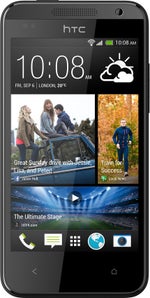
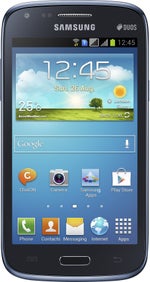
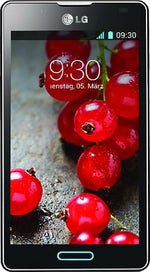







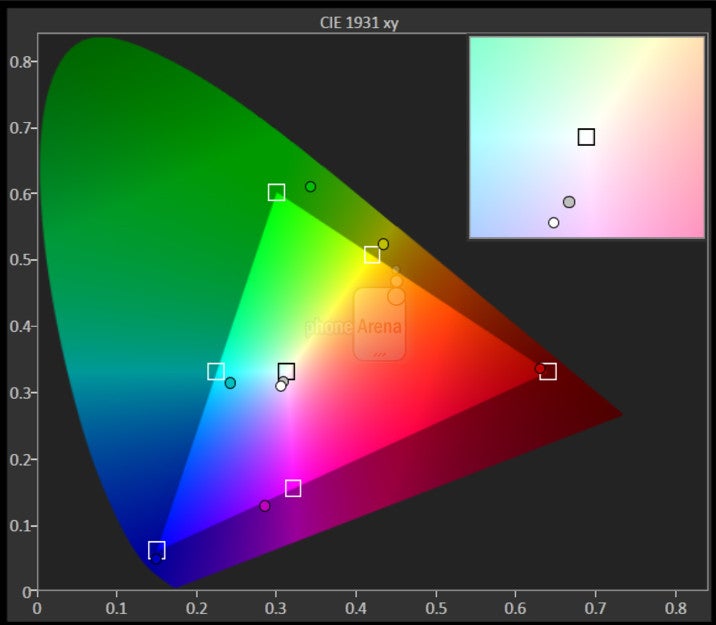






















Things that are NOT allowed: